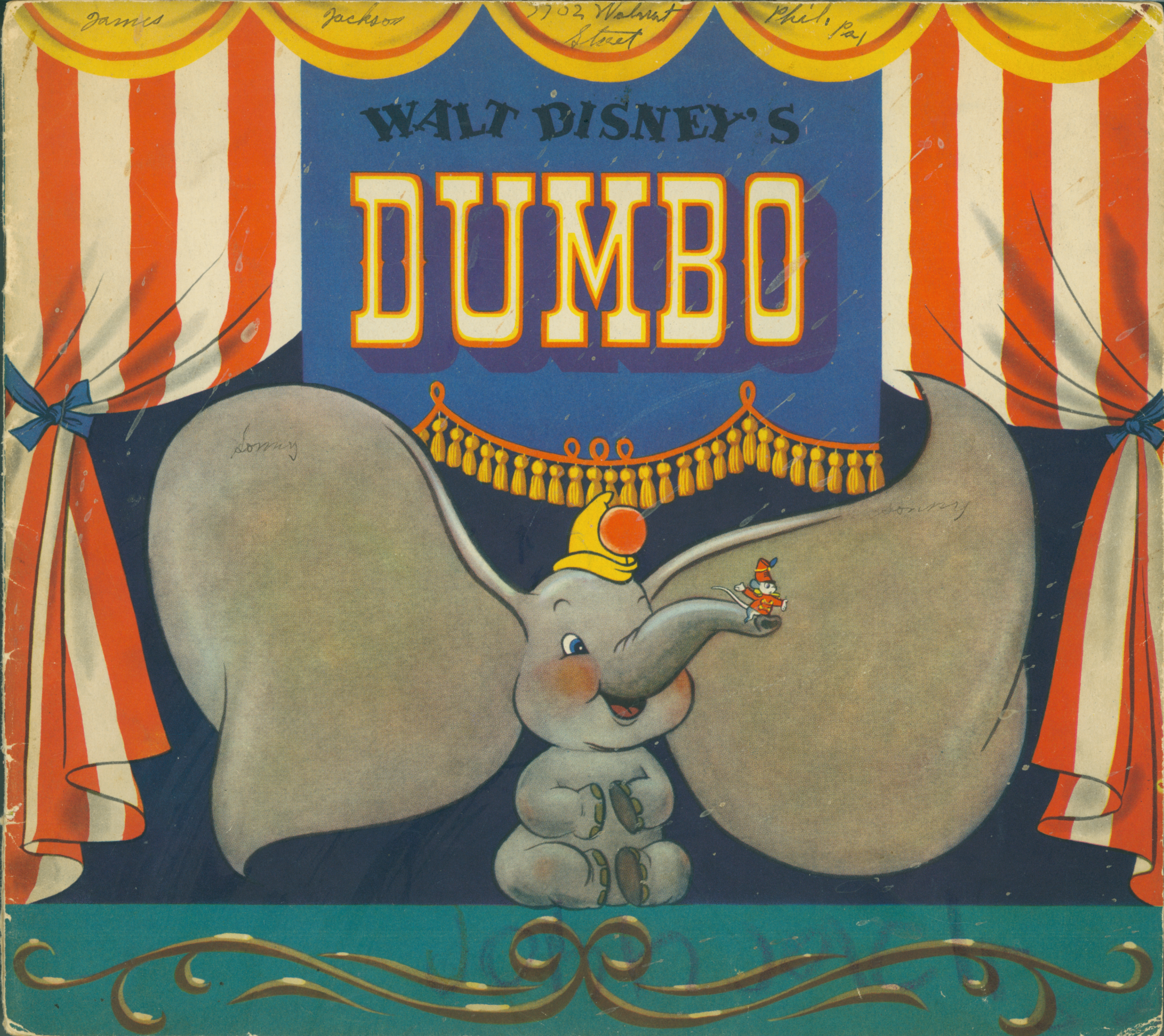
Dumbo was put aside a while to concentrate on another picture, I suppose, then Joe Grant and I picked it up.Īlthough I talked with Joe Grant about Dumbo on several occasions, I don't seem to have asked him about that "little strip" that Huemer mentioned. Mostly talk, getting together with Walt, and taking notes, and studying them. Huemer: Somebody had started working on it and there were quite a few sketches that I remember, but no storyboards yet.

Sometimes we had rough Leica reels in pencil, and later we would make a color reel.Īdamson: When you first got Dumbo, what form was it in? This was how we often held a story meeting. You'd flip over a picture and talk about it, then flip over the next. A Leica reel was a way of presenting a storyboard with the individual pictures on a filmstrip that was run through a Leica projector. Then we got sketch men and story men and went to work and put together what we call a Leica reel. He used to come down and say, "That's coming along good. Well, we took it from there, had a few story meetings, then Joe Grant and I wrote it up a chapter a time and submitted it to Walt. But it had the basic elements of the story: the little elephant who had big ears, was made fun of, learned to fly, and was redeemed. Or maybe it was even printed on the outside, I don't know. I never saw it, but they say it was on a little strip that was given away on a cereal box. Adamson asked, "Where's the story that Dumbo comes from?" and Huemer replied:

But Dumbo's history goes back further than that, as Huemer himself acknowledged in his interview with Joe Adamson, part of which I published in Funnyworld No. When I wrote in a January 14, 2010, post about the history of the black crows in Dumbo, I reached back as far as the 102-page treatment that Joe Grant and Dick Huemer submitted to Walt Disney in the early months of 1940, in installments. Story sketches from early in work on Dumbo, as published in The Art of Walt Disney by Robert D.


 0 kommentar(er)
0 kommentar(er)
